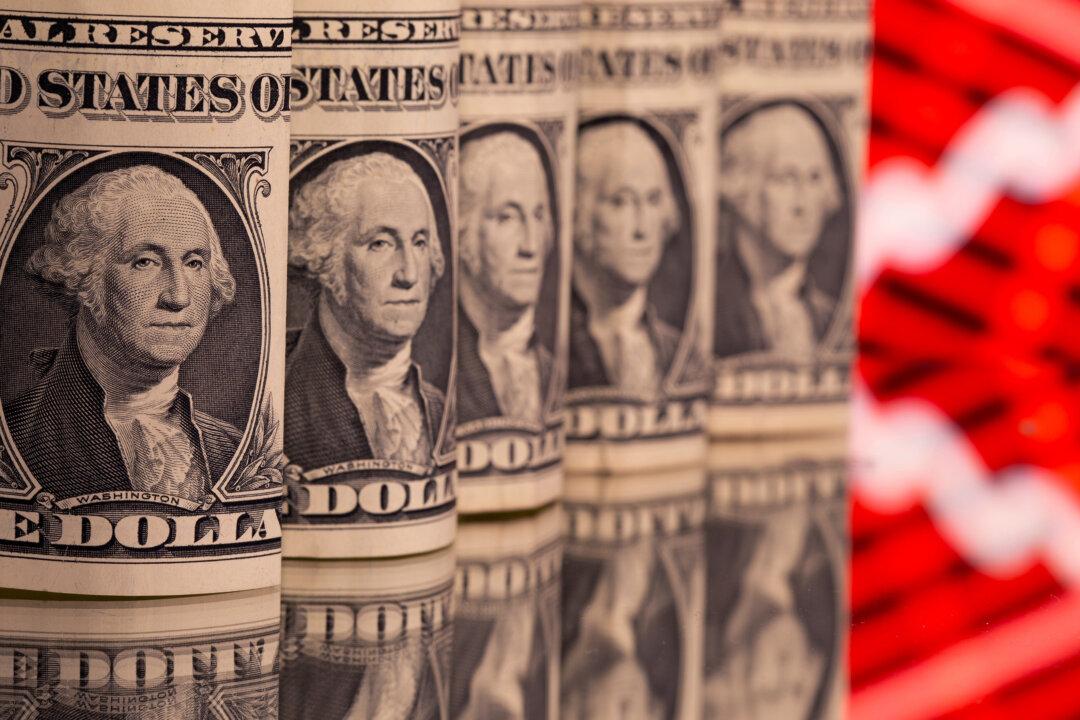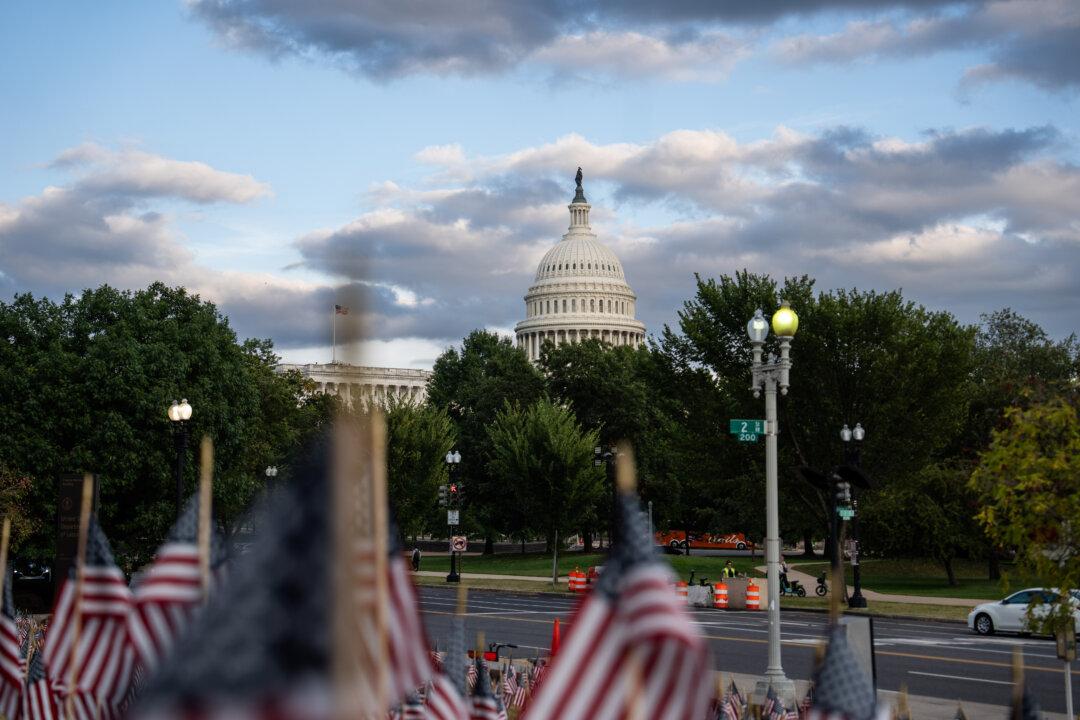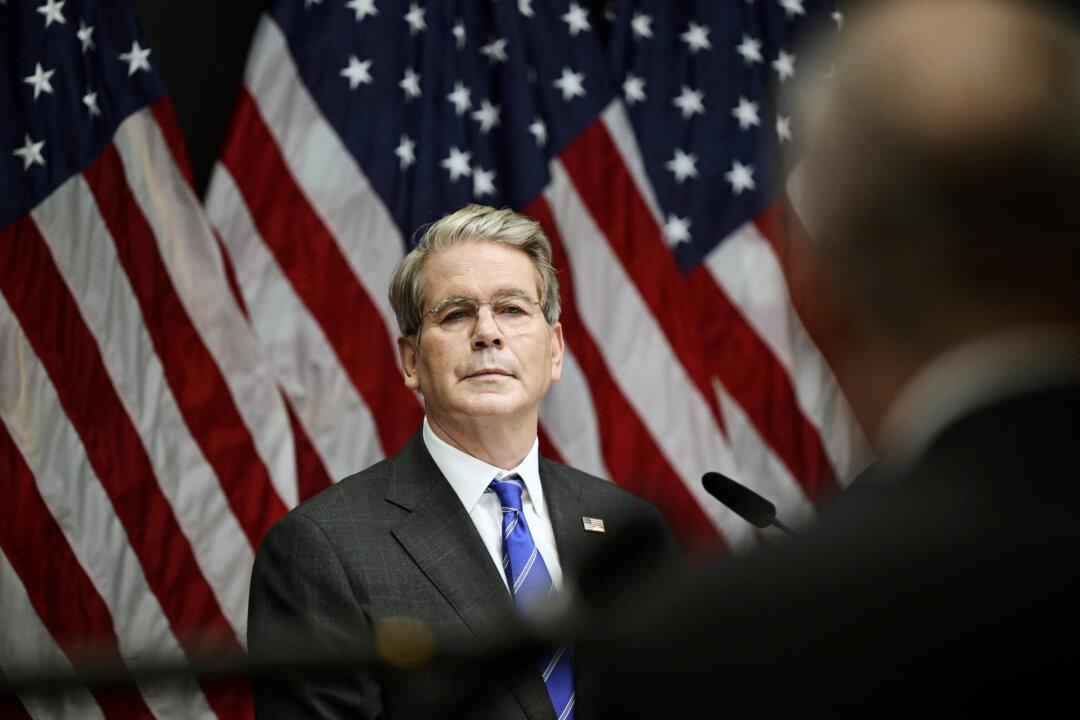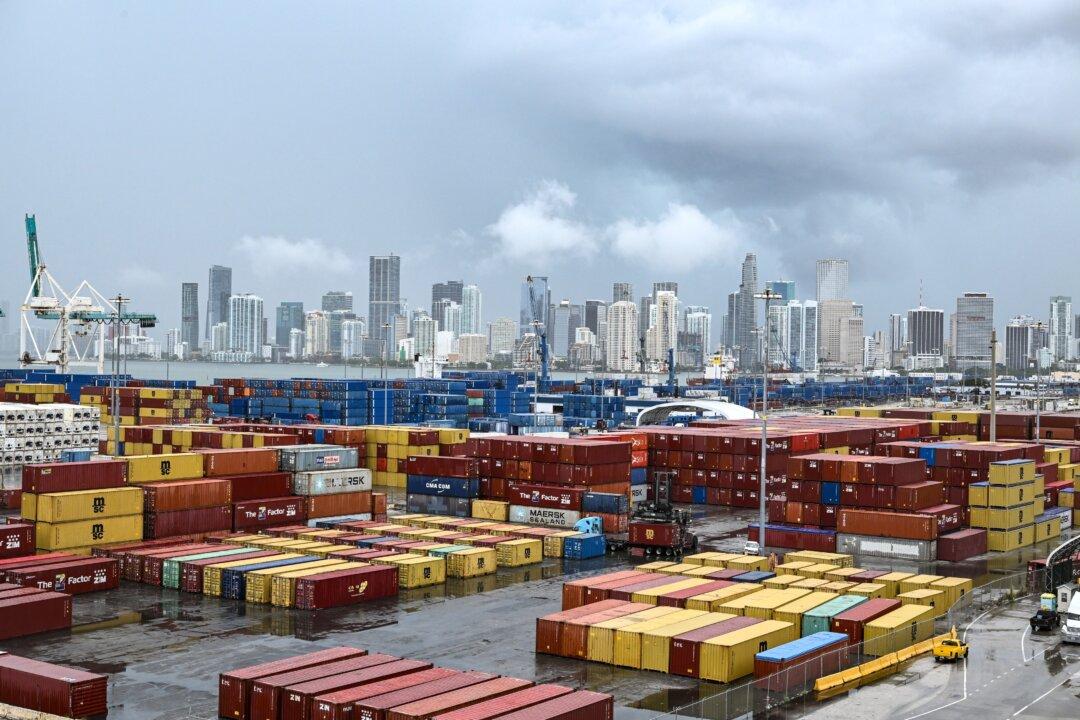Inflation took a fresh swipe at American consumers in May, with the consumer price index surging by 5 percent over the past year, the biggest annual spike in the measure since 2008.
On a monthly basis, May consumer prices rose by 0.6 percent from April, Labor Department figures showed, a slight drop from 0.8 percent the prior month, which was the biggest gain since June 2009.





